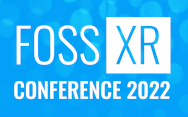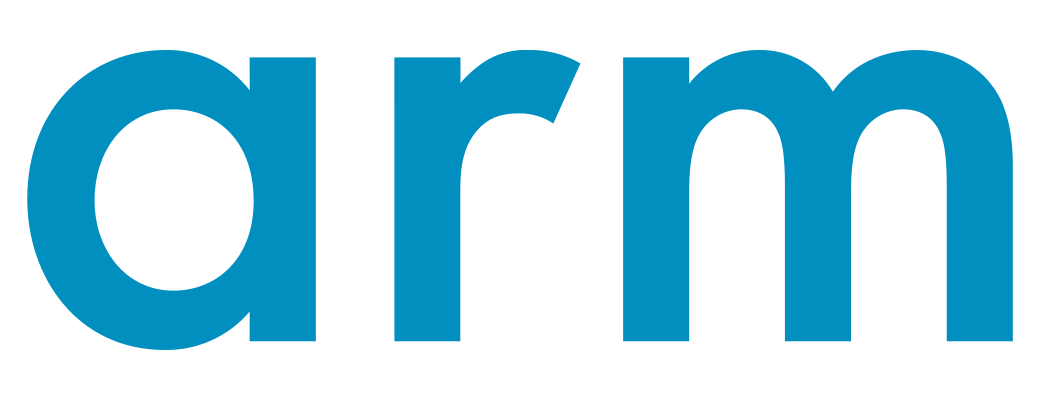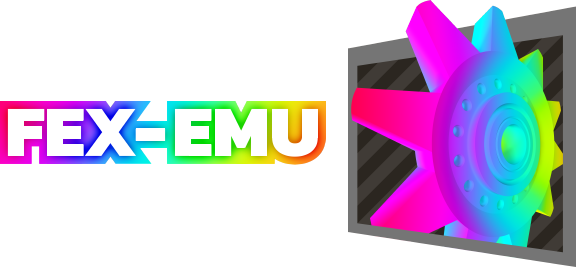Speaker
Description
Current XR interactions are usually only accessible in specific positions, making them difficult to be used while relaxed and often inaccessible to people with disabilities. This is the case despite 3D tracking technology allowing the creation of new comfortable ways to interface with a system. In this talk, I will explain how we can use tracked body parts to create accessible user interfaces utilizing components or "shapes" we have identified and made freely available on our website. The purpose of this is to save designers time when approaching some basics of 3D interaction and furthermore to help facilitate user interfaces that can be fitted for any available tracked body parts allowing them to be used in any position and for many physical disabilities.















